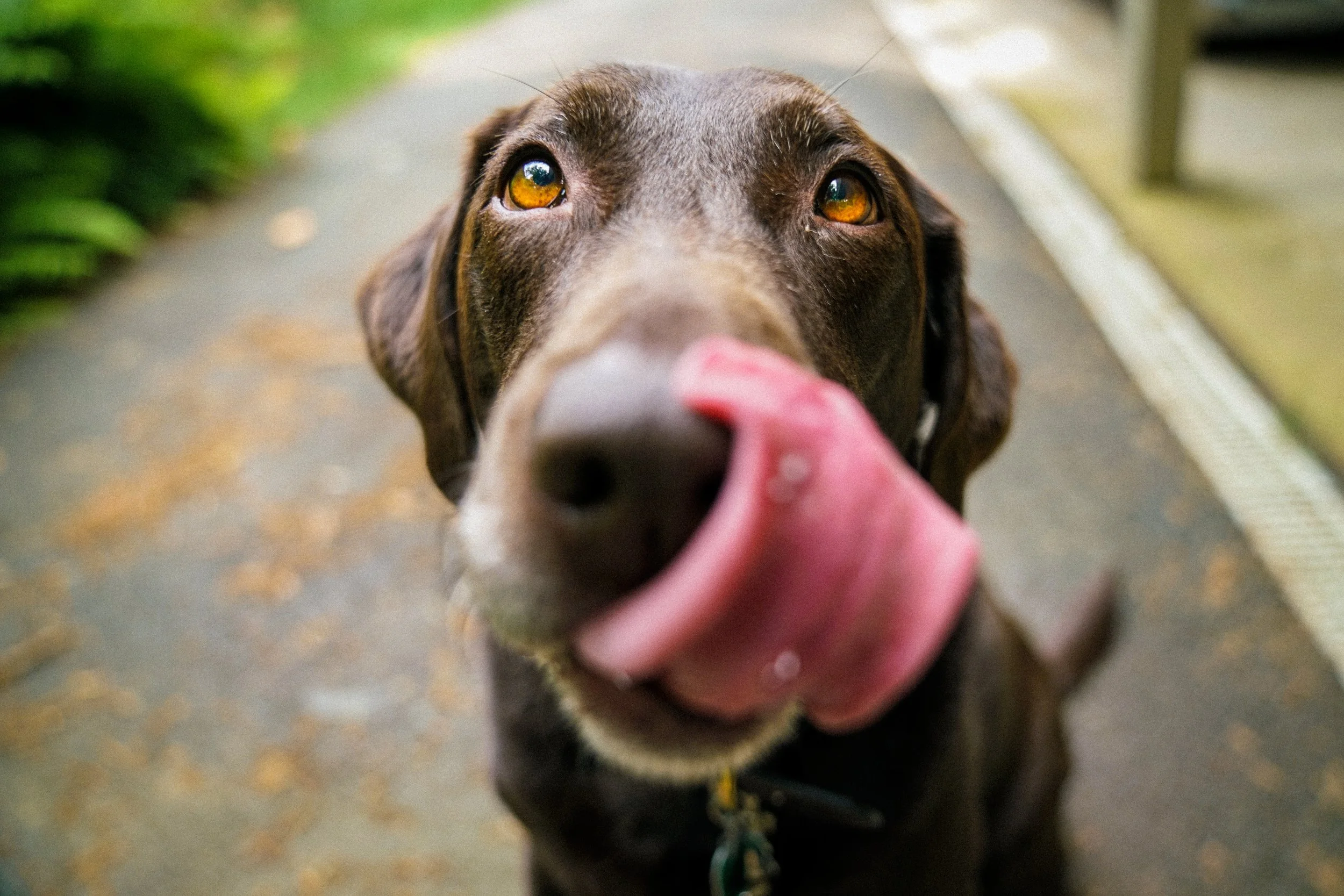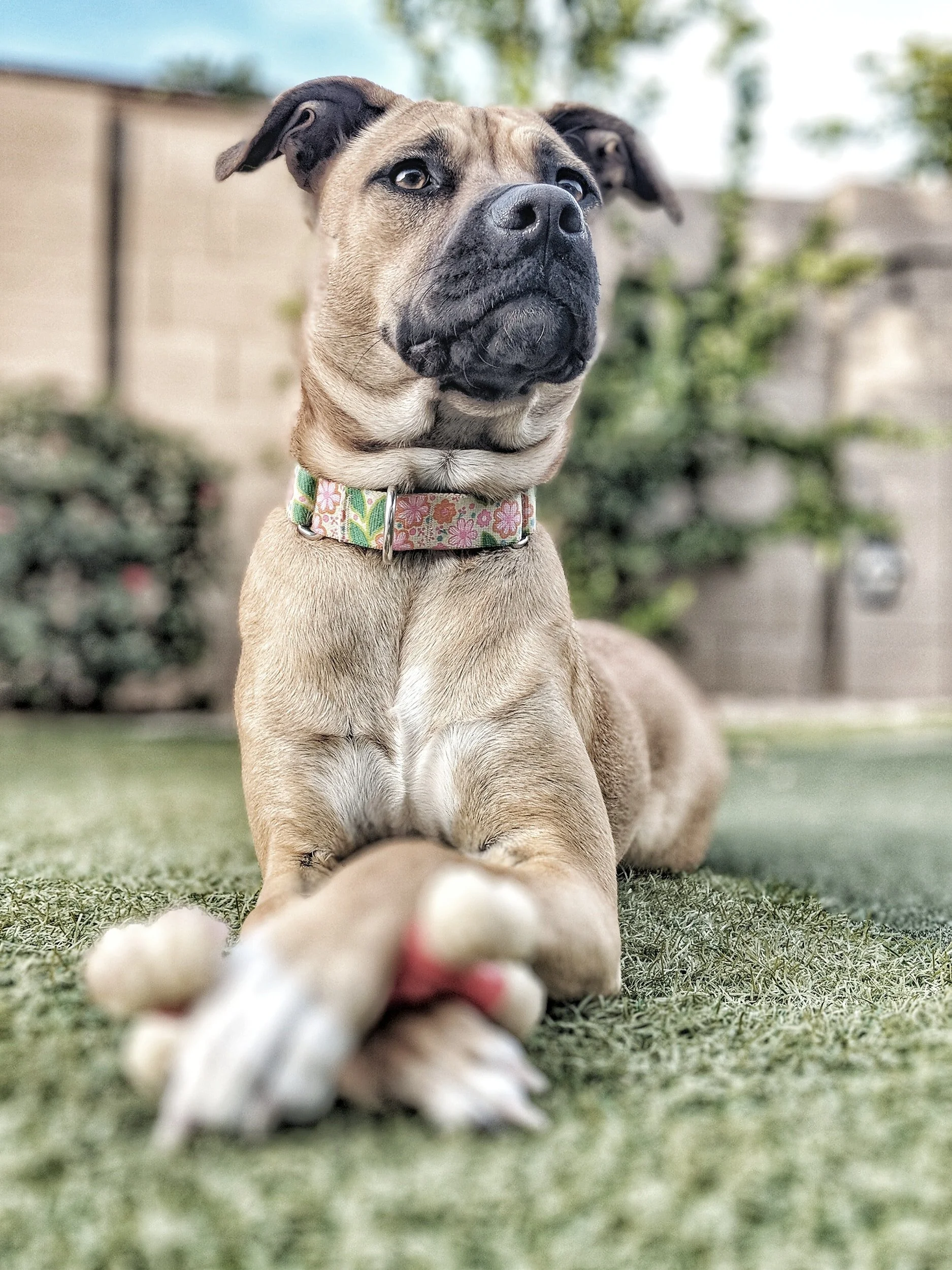The First 5 Commands to Master with Your Dog
The First 5 Commands to Master with Your Dog!
Intelligent, trainable, and oh-so-adorable, dogs are indisputably a ‘man’s best friend.’ To us at least!
As dog owners, it’s crucial to instill discipline and self-control in order for them to lead happy, confident, balanced lives. There is a common, albeit terribly annoying misconception that training makes animals slaves to your word.
Nothing could be further from the truth. The more well-trained a dog is, the more freedom he or she can enjoy, while you relish in the fact that your dog is under control at all times and will never pose a danger to himself or others around him.
It can be flustering to come home to accidents in the house, trash everywhere or even seeing everything chewed in sight. Wouldn’t you rather trust your dog when out of sight?
Or having to leash or tie up your doggo in a dog-friendly area because he or she will take off and chase other dogs, kids, bikes, and pretty much anything that moves. Wouldn’t you be better off with a pooch with a 100% reliable recall? Or less reactivity and pulling on the leash in leash zones?
In addition, it isn’t just for the others around. A well-timed command that your dog listens and heeds to can save his life, or control extreme behaviour that can lead to unthinkable consequences.
How To Start Training Your Dog
While some dogs are astute enough to figure a few things out on their own, ALL dogs can benefit from structured, fun-loving training. Dogs are incredibly intelligent animals that can see training as fun mental stimulation, somewhat like a puzzle that they have to solve.
Training a dog is remarkably rewarding, but starting might be a little tricky, especially if you are new to the whole dog parenting thing. First, you’ll have to find out what motivates him. Is it food? Cuddles, hugs, praise, toys?
Once you figure out what he wants, now you can make him work to get it.
Engagement: Eye Contact
Once we know what our fur friend absolutely loves as a reward, the first thing we need to build on is engagement.
If our dog is disengaged, it makes it very difficult to be able to ask them for any commands. Rather than repeating commands or their name, our dog will pick up the fact that these words have no value and that they would rather explore their environment or play with that doggo that is walking by! This will lead to them ignoring your commands or just listening when they feel like it.
Working on some fun engagement games to teach your puppy that you are the most exciting & trustworthy thing will make your travels less stressful. This doesn’t mean your dog can’t look at anything else but you. Instead, you want them to be able to check in with you, make that eye contact and focus on you or your commands while life is still going on. This can be really beneficial in many situations.
Once you can engage with your doggo & get their attention, it’s time to teach them some commands!
To start off, here are five easy-to-teach commands that every dog should know:
Basic Commands Your Dog Should Know
At the barest minimum, your dog should know these few commands for a start.
1. “Come”, & their Name!
If there was a single word that your dog has to know, it is the word “come”. It can save your dog’s life, and quickly call your dog to you in the event of an emergency.
The “come” is also known as the recall. While getting a 100% reliable recall is difficult and requires many hours of training, patience, and consistency, it is still possible.
You should never call your dog to you for a scolding or correction. Make it such that every time your dog comes to you, there is a reward waiting, whether it is a treat, playtime, praise, or attention. That word is super sacred!
Along with ‘come’, they should know their name as well. Rather than them listening the 6th time they’re called we want them to value their name and listen the first time. This means we can’t overuse it & make sure we have more value when they’re called than their surroundings.
These are both the most important things for a dog to know. With a good recall, your dog can go anywhere with you, even in off-leash areas.
You can be content in the knowledge that you can quickly get your dog, yourself, and the people around you out of trouble, especially when you are on a hike and your dog decides to take off after a coyote!
2. “Sit”
Dogs learn this one real quick, with some learning the “sit” in as few as three or four repetitions. It’s probably because most people will teach the “sit” in the form of a lure. This is done by holding a treat in front of your pooch’s nose and moving it slowly back, which causes their rump to well, sit!
What’s even stronger is teaching them a default sit or an automatic sit so it’s the first thing they decide to do when they want something.
Having a boisterous dog sit while waiting for his food or treat makes him unable to clamour all over you. This is a nice way to control their movements and serve as a prelude to the “down” and “stay”.
3. “Down”
You can progress from the “sit” to the “down”, which is similar to having a dog sit and wait for something. A dog lying down might relax more, especially in distracting environments and you can use this command to teach your dog patience and self-control while waiting for something.
Once your dog gets the “sit” and “down”, then you can move on to the “stay”.
4. “Stay”
The stay is a little trickier, but when taught well, it is an invaluable help in controlling your dog and making sure he is where he needs to be.
Start with small distances, and very short durations like just a few seconds, then work your way up to longer distances and durations. Eventually, the goal is to have your dog in a “down” position and staying put while you go out of his line of sight, whether in the next room or further away.
Don’t make your dog wait too long for a start. Always start with very small distances and durations then work your way very slowly, and patiently up. Once this is perfected I would then slowly add distractions into the picture so they can succeed in stimulating areas.
5. Impulse Control
Does your dog jump all over you when you’re grabbing treats or food? Do they paw or whine for attention? Jump on the counter for a snack? Or lunging to grab a piece of food the second it hits the floor?
These are all common dog behaviours because they don’t naturally have emotional self-control & they will do what works for them at that moment. In that case, their frustration can lead to all kinds of rude behaviour, especially in exciting situations.
It’s important to remember that impatient and demanding puppies don’t magically mature into patient and restrained adults. In fact, if you don’t teach your puppy some level of impulse control, by the time they reach adolescence, it’s likely they will have already developed some bad habits.
Although there are MANY steps and ways to be able to teach impulse control, a good way to start is with fun games.
Place some food in your closed hand & present it at nose level to your doggo allowing them to sniff your hand so they know treats are inside.
You’re going to ignore any interaction they make with your hand such as pawing, licking, nipping and chewing.
As soon as they disengage, slowly open your hand, & if they return to investigate, quickly shut your hand again.
Repeat this until they can observe the treat in your open hand and not dive for it, in which case, you can then reward him by using your other hand to reach over to grab the treat and feed it to him.
This is a great start, from here I would choose games that suit your dog’s personality and you’ll be amazed how fast they learn to control their impulses.
Final Thoughts
These five basic commands form the backbone of what will be the start of your dog’s obedience training regimen. Once your pooch has mastered all these to an acceptable level, you can then progress to other commands.
Doggy Obedience Classes
If your pooch is struggling with their manners or it’s a lot to learn on your own, enrolling them in a basic obedience class is always an awesome way to get some guidance as to how to start training your dog. In addition, group classes provide valuable socialization time as they learn how to focus with other dogs and humans around. This will all help your beloved pooch grow into a balanced, well-mannered canine citizen.
Training is necessary, rewarding, and as a bonus, hella fun! Happy training, and if you are considering enrolling your pooch in an obedience class, come chat with us to get into the next open semester!
Classes begin July 11th! Email us at workshops@pawsonmain.ca or call us at 519-928--1127 for more info!









